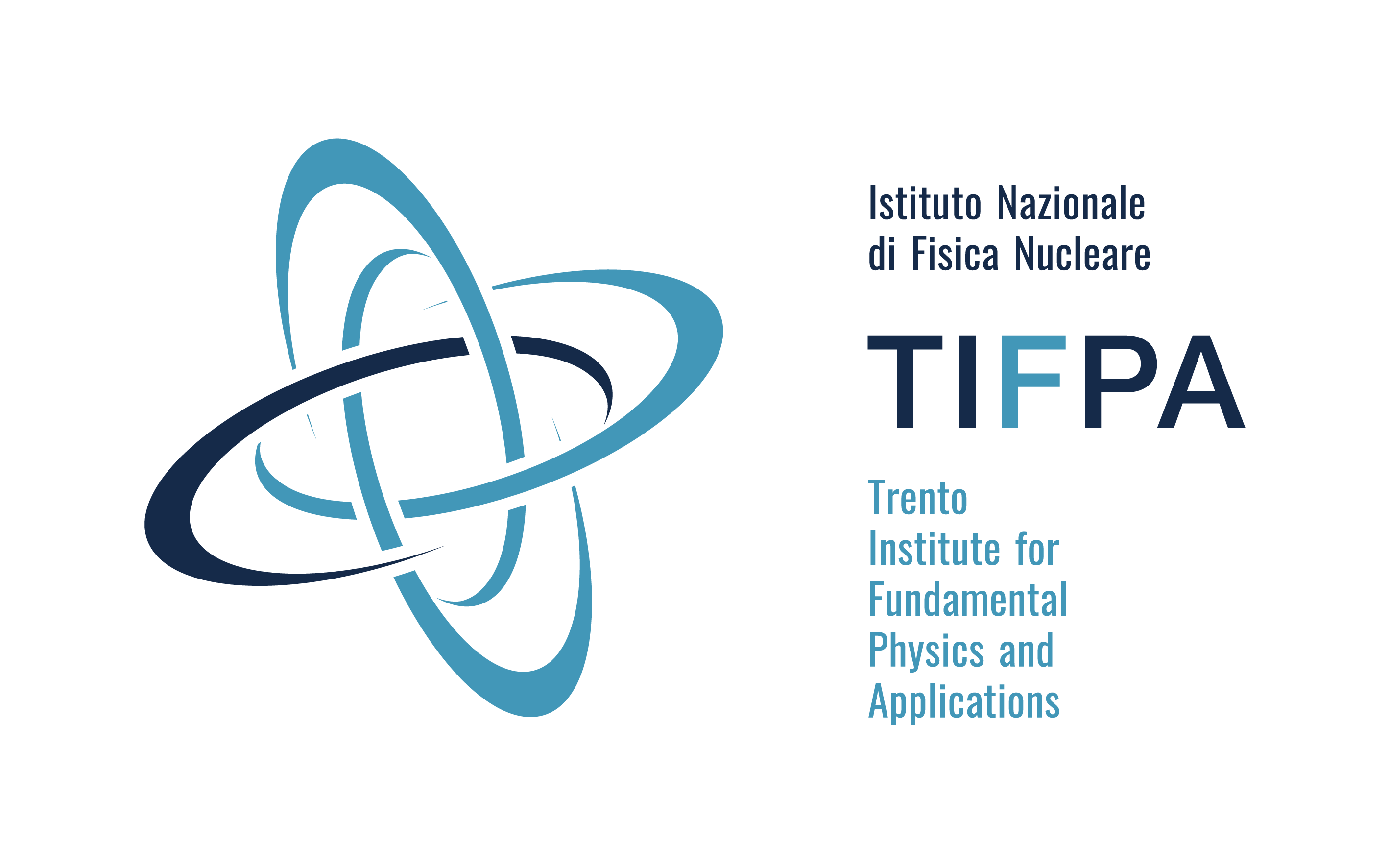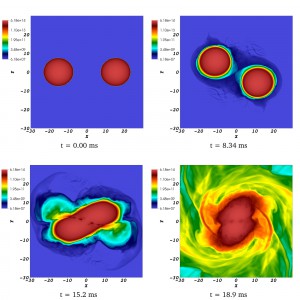TEONGRAV - Gravitational Wave Sources
The TEONGRAV group in Trento uses advanced numerical codes and powerful supercomputers to investigate the physics of neutron stars and black holes. These compact objects are strong sources of gravitational waves and may be behind some of the most energetic phenomena in the universe (e.g., gamma-ray bursts).




